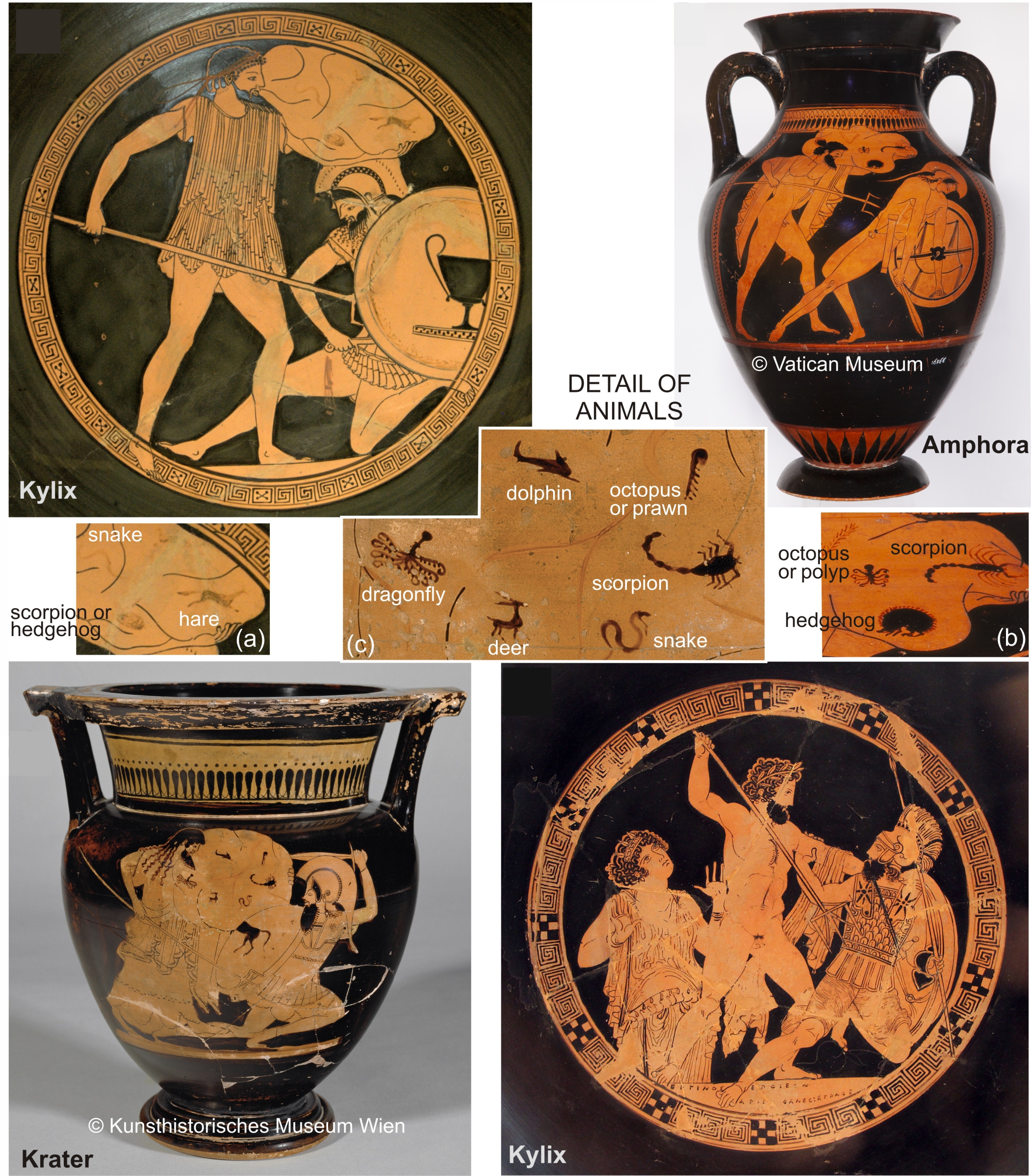CTD data profiling to assess the natural hazard of active submarine vent fields: the case of Santorini Island

Abstract
Almost three quarters of known volcanic activity on Earth occurs in underwater locations. The presence of active hydrothermal vent fields in such environments is a potential natural hazard for the environment, the society, and the economy. Despite its importance for risk assessment and risk mitigation, monitoring of the activity is impeded by the remoteness and the extreme conditions of underwater volcanoes. The large difference of population present on Santorini between the winter and summer seasons, all within a partially enclosed system, make the Santorini-Kolumbo volcanic field, an ideal place for detailed exploration. In 2017, GEOMAR in collaboration with the National and Kapodistrian University of Athens (mission: POS-510 ANYDROS), used an Autonomous Underwater Vehicle (AUV) to map the NE–trending Santorini–Kolumbo line, where it also collected CTD data. Here we present the preliminary results from the 15-hour survey held on the 25th March 2017, during the POS-510 expedition targeting the vent field which is located in the North Basin of Santorini Caldera. Detailed CTD 3D profiles have been reconstructed from the raw data of Santorini’s vent field. An anomaly emerges at the depth of 350 m in the Conductivity and Salinity depth profiles, as the CTD sensor is placed directly above the vent sources. Anomalies were evident in the 3D maps reconstructed, showing for the first time a rather weak, but underlying hydrothermal vent activity at various locations. As the present results are the first ones produced from this expedition, further investigation is required incorporating the full dataset. Based on those results, the impact of developing appropriate mechanisms and policies to avoid the associated natural hazard is expected to be immense.
Article Details
- How to Cite
-
Dura, A., Mertzimekis, T. J., Bakalis, E., Nomikou, P., Gondikas, A., Hannington, M. D., & Petersen, S. (2020). CTD data profiling to assess the natural hazard of active submarine vent fields: the case of Santorini Island. Bulletin of the Geological Society of Greece, 56(1), 70–83. https://doi.org/10.12681/bgsg.20942
- Issue
- Vol. 56 No. 1 (2020)
- Section
- Marine Geology and Oceanography

This work is licensed under a Creative Commons Attribution-NonCommercial 4.0 International License.
Authors who publish with this journal agree to the following terms:
Authors retain copyright and grant the journal right of first publication with the work simultaneously licensed under a Creative Commons Attribution Non-Commercial License that allows others to share the work with an acknowledgement of the work's authorship and initial publication in this journal.
Authors are able to enter into separate, additional contractual arrangements for the non-exclusive distribution of the journal's published version of the work (e.g. post it to an institutional repository or publish it in a book), with an acknowledgement of its initial publication in this journal. Authors are permitted and encouraged to post their work online (preferably in institutional repositories or on their website) prior to and during the submission process, as it can lead to productive exchanges, as well as earlier and greater citation of published work.



